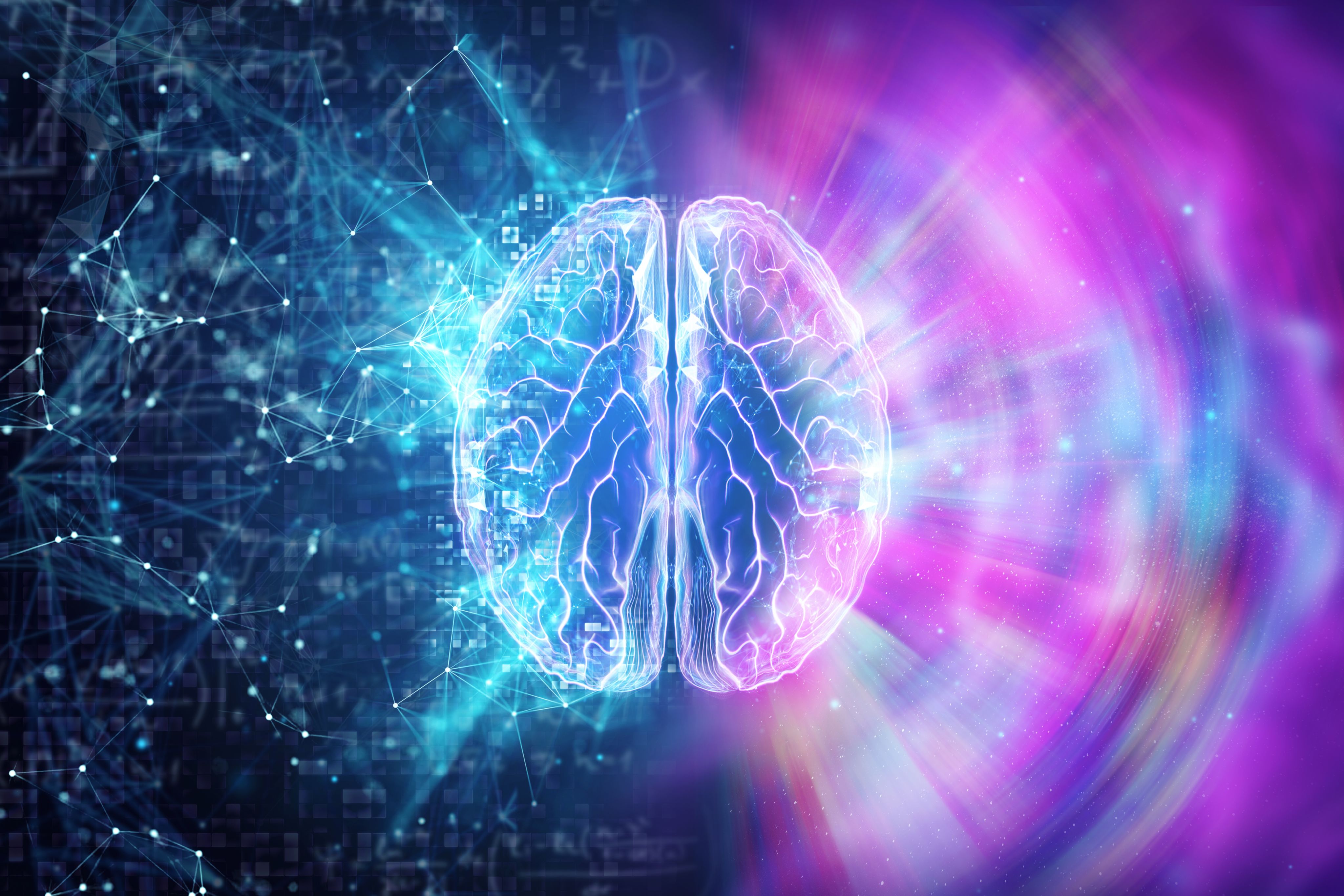Tackling the discrepancy between upper limb and lower limb recovery outcomes after stroke: Technological innovations

Physiological Recovery Mechanisms
Unilateral motor impairment is one of the most common consequences of stroke. However, there is significant disparity between upper limb and lower limb recovery outcomes, with a much poorer prognosis for the upper limb(1).
Reasons for this include the anatomical and functional complexity of upper limb movement and the larger size of cortical regions associated with upper limb function.
Thus, upper limb recovery may take longer and hinge upon more complex mechanisms. Evidence also explores other reasons, which include:
● An inherent natural instinct for walking (coded from our prehistoric ancestors).
● The mechanism of bipedal locomotion (the requirement for active engagement of both lower limbs in walking).
● The central pattern generator’s hypothesis (the idea that the production of rhythmic motor outputs, such as walking, can happen in the absence of sensory or descending inputs)(2).
The most important factor, however, is thought to simply be the frequency of use of the lower limb compared to the upper limb; when muscles are used frequently, this promotes use-dependent neuroplasticity and eventual recovery.
Environmental and Behavioural Drivers
Research suggests that acute stroke survivors spend more time engaged in lower limb rehabilitation and show more lower limb activity outside of formal rehabilitation sessions, when compared to the upper limb(3).
Also, while lower limb rehabilitation tends to focus on integrating both sides of the body, upper limb rehabilitation often focuses on developing compensatory skills to help survivors learn to function with the use of just one side of the body.
The focus on lower limb rehabilitation, coupled with reliance on the compensatory capacity of the unaffected upper limb, contributes to learned non-use of the affected upper limb, compounding the disparity in recovery outcomes.
Unfortunately, once stroke survivors are discharged from inpatient services, the intensity of rehabilitation required to drive upper limb recovery is even more challenging to deliver; with the passage of time and the onset of secondary complications (such as musculoskeletal changes and pain), the potential for upper limb recovery diminishes.
Stroke survivors articulate that while recovery of walking is a priority early after stroke, upper-limb recovery becomes equally important over time, particularly once living at home(5).
Interventions for upper limb recovery must focus on increasing dose and intensity of rehabilitation and extending access to rehabilitation, particularly within the home or community.
This is largely in-keeping with growing clinical evidence supporting the dose response theory(6), and is increasingly reflected in clinical guidelines(7).
A push to improve upper limb recovery outcomes has been reflected repeatedly in national priority setting initiatives (8), however upper limb clinical provision remains low (3).
Finding Solutions
Although many factors can help to explain reasons for poorer upper limb recovery prognosis after stroke, the frequency of use theory is most compelling.
Closing the gap between upper limb and lower limb outcomes will likely be dependent upon pragmatic solutions to increasing upper limb activity, which fit within existing healthcare resources and paradigms. Rehabilitation technologies offer innovative solutions to do just that.
GripAble, for instance, is a low-cost technology designed for self-directed upper limb rehabilitation after stroke. Research indicates that stroke survivors using GripAble doubled their upper limb training time and increased exercise repetitions eightfold compared to standard care (9).
Adoption of rehabilitation technologies will pave the way for scalable and effective solutions to improving upper limb outcomes after stroke.
Clinicians and service providers must remain at the forefront of innovation in this domain, in order to ensure meaningful integration of effective technological solutions to modern healthcare challenges.
* Written by Michelle Broderick - Specialist Stroke Occupational Therapist and Clinical Neuroscience PhD Candidate.
- Hendricks HT, van Limbeek J, Geurts AC, Zwarts MJ. Motor recovery after stroke: a systematic review of the literature. Arch Phys Med Rehabil. (2003) 83:1629–37. doi: 10.1053/apmr.2002.35473 [PubMed] [CrossRef] [Google Scholar]
- Abdullahi A, Wong TWL, Ng SSM. Variation in the rate of recovery in motor function between the upper and lower limbs in patients with stroke: some proposed hypotheses and their implications for research and practice. Front Neurol. 2023 Aug 3;14:1225924. doi: 10.3389/fneur.2023.1225924. PMID: 37602245; PMCID: PMC10435271.
- Serrada I, McDonnell MN, Hillier SL. What is current practice for upper limb rehabilitation in the acute hospital setting following stroke? A systematic review. NeuroRehabilitation. 2016 Jul 15;39(3):431-8. doi: 10.3233/NRE-161374. PMID: 27589513.
- Stockley R, Peel R, Jarvis K, et alCurrent therapy for the upper limb after stroke: a cross-sectional survey of UK therapistsBMJ Open 2019;9:e030262. doi: 10.1136/bmjopen-2019-030262
- Judy Purton, Julius Sim & Susan M. Hunter (2023) Stroke survivors’ views on their priorities for upper-limb recovery and the availability of therapy services after stroke: a longitudinal, phenomenological study, Disability and Rehabilitation, 45:19, 3059-3069, DOI: 10.1080/09638288.2022.2120097
- Lohse KR, Lang CE, Boyd LA. Is more better? Using metadata to explore dose-response relationships in stroke rehabilitation. Stroke. 2014 Jul;45(7):2053-8. doi: 10.1161/STROKEAHA.114.004695. Epub 2014 May 27. PMID: 24867924; PMCID: PMC4071164.
- National Clinical Guideline for Stroke for the UK and Ireland. London: Intercollegiate Stroke Working Party; 2023 May 4
- Hill G, Regan S, Francis R; Stroke Priority Setting Partnership Steering Group. Research priorities to improve stroke outcomes. Lancet Neurol. 2022 Apr;21(4):312-313. doi: 10.1016/S1474-4422(22)00044-8. PMID: 35305334; PMCID: PMC8926410.
- Broderick M, Almedom L, Burdet E, Burridge J, Bentley P. Self-Directed Exergaming for Stroke Upper Limb Impairment Increases Exercise Dose Compared to Standard Care. Neurorehabil Neural Repair. 2021 Nov;35(11):974-985. doi: 10.1177/15459683211041313. Epub 2021 Aug 27. PMID: 34449290; PMCID: PMC8593287


